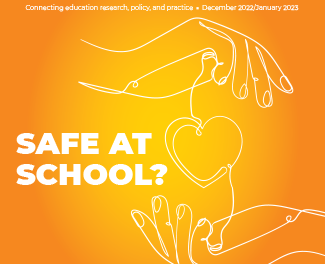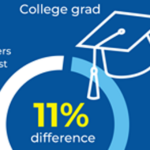All changes, even the most longed for, have their melancholy; for what we leave behind is part of ourselves; we must die to one life before we can enter another.
— Anatole France
Just as schools are opening across the country, my mind is on schools that are closing.
The number of schools that have closed in recent years is staggering. By one estimate, 70 large or mid-sized cities closed schools over the past decade, averaging 11 buildings per district. The number, of course, is far higher in some places. In Detroit, for example, more than 200 public schools have closed since 2000 because of rapidly declining enrollment. Chicago closed more than 40 buildings in the early 2000s and another 50 schools in 2013 in what was said to be the single largest mass closing in the country. New York City alone closed 140 schools since 2002, including 44 low-performing high schools.
Every single school closure means somebody’s child has been put out of a school they know and moved to an unfamiliar building with new teachers, new classmates, new rules. By even a conservative estimate, thousands upon thousands of children in this country have been displaced because of school closures related to low academic performance or declining enrollment.
Closing a school is not work that any educator wants to do. Even in the lowest-performing schools, there can still be pockets of excellence and warm relationships between teachers and students. Shuttering any school leaves behind a wound in a community that often takes decades to heal.
This year’s PDK Poll of the Public’s Attitudes Toward the Public Schools asked the public how we should deal with so-called failing schools. In the most lopsided response to any question, Americans said they overwhelmingly prefer to keep a school open (84%) rather than close it (14%), but they also said that, if the school remains open, they would rather replace the administration and faculty (62%) than keep the same staff and increase resources and support (32%). The public split on how to respond if a failing school is closed; half said send the children to another school (48%) while others said open a new school in its place (47%).
You can boil that down into a nifty slogan: Keep the kids; replace the adults.
What I hear in those results is a powerful message to policy makers: Students are not the problem so don’t put the responsibility for resolving a school’s low performance on the back of a child. The public also seems to be saying that they believe leadership and the quality of teaching make a difference, which is something that is supported again and again by research on transforming poor performers into high performers.
The evidence suggests that many school leaders are already heeding this message. Although the drama of school closings grabs the headlines in major cities, a U.S. Department of Education report shows that few school districts have elected to close a school as the path to improvement. Instead, districts using school improvement grant funds overwhelmingly opted to “transform” schools, a practice that meant replacing the principal (but not necessarily the staff), introducing a rigorous teacher evaluation and reward system, providing more job-embedded professional development, and designing more time for student learning and teacher planning.
The public seems to think that just brooming the adults out of a struggling school will solve all of its woes. Simply swapping out one principal for another and moving in a new crop of teachers is unlikely to produce the quantum changes that low-performing schools need. If we’ve learned anything over several decades of school improvement work, it’s that the process of change is complex and tedious. Transforming a school requires changing the perceptions and practices of the human beings in a system. Nothing is more difficult than that.
The principal and teachers in a low-performing school can be working as hard as they know how and still not achieving the results that policy makers and parents want. Borrowing from psychologist Ross Greene’s reflection on misbehaving students: If they knew how to change their behavior, they would do it. The same applies to adults.
Originally published in September 2016 Phi Delta Kappan 98 (1), 4. © 2016 Phi Delta Kappa International. All rights reserved.
ABOUT THE AUTHOR

Joan Richardson
JOAN RICHARDSON is the former director of the PDK Poll of the Public’s Attitudes Toward the Public Schools and the former editor-in-chief of Phi Delta Kappan magazine.










